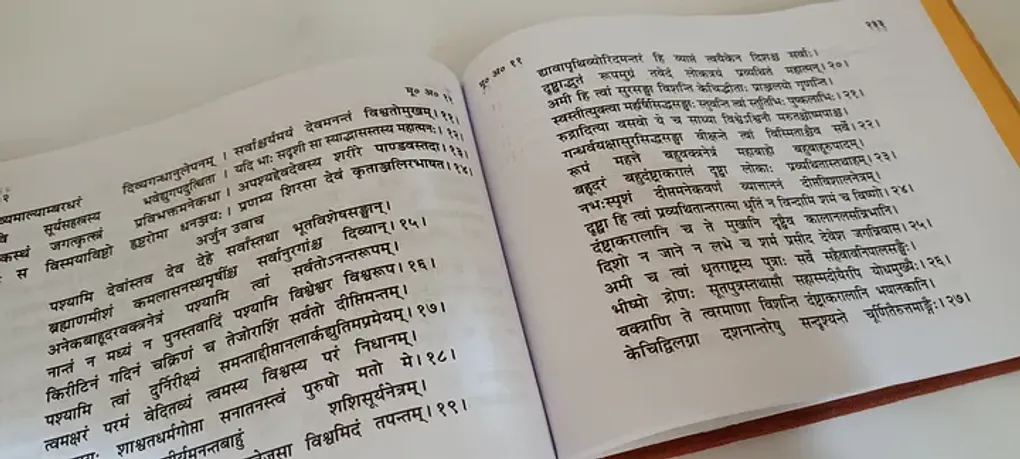
Ways to increase faith — Read Scriptures or listen to stories — Part 1
Reading scriptures is a huge part of any religion, and in some religions, it is even mandatory to read ancient texts. The Scriptures have many stories about people who also went through a problem, and the problem was solved through devotion or by the grace of God. So when you are in doubt or not sure who to consult in your life, consult a scripture. In Hinduism, the corpus of scriptures is vast, starting from Vedas to Upanishads, Puranas and Mahakavyas like the Mahabharata and Ramayana, and smaller texts like the Bhagavad Gita. Hindu tradition started with oral transmission, that is, Shruti, but in later stages it was recorded.
My grandmother, like any other Hindu family in India, would tell us many stories about Bhagwaan, including Rama, Krishna, Ganesh, Shiva, and Vishnu, as well as His ten avatars. We would gather around her, and she would then first ponder, ‘Which story have I not?’ before unveiling a tale previously unknown to us. These stories wove a tapestry of wonder and reverence around the divine (Bhagwaan), igniting our young imaginations as we envisioned the realms of gods and goddesses described in her storytelling. During the 1980s, when religious discourse was absent from the school curriculum, these familial narratives served as our sole window into spirituality, until the advent of television and later, the beloved comic series ‘Amar Chitra Katha’, which further enriched our understanding of Hindu mythology and culture.
Every religion has festivals, and each festival has a story associated with it that is passed down through oral tradition to the next generation. Many of these festival-related stories are not found in classical texts but are passed down orally through generations. So, as children, we would ask our parents why we celebrated Diwali, and they would tell us the story of Shri Rama. When we asked why we celebrated Holi, we were told the story of Bhakta Prahlada and Lord Narsimha Avatar. And the Janmasthmi festival would be a day filled with stories about Lord Krishna. We would celebrate the festival with renewed vigour and enthusiasm now that we knew the festival’s hidden secret.
When I was 12, my father and I bought the Bhagavad Gita and Sukh Sagar (also known as the Bhagawat Purana) from a GitaPress van parked in a nearby market. I began reading both immediately. But Sukh Sagar was too big for me back then, so I could not read it all. But I attempted to read all of the stories about Samudra Manthan, Lord Narsimha’s avatar, that our grandmother had told us. As a child, I read the Bhagavad Gita but only got through four chapters. I was curious to learn more about what the books contained, but my attention had to be diverted to more serious matters, such as academics.
By God’s grace, I began reading Scripture properly at the age of 29. I started with the Bhagavad Gita and then moved on to Bibek Debroy’s English translations of the Mahabharata. Following that, I read the various Upanishads and the Tulsi Ramayana. These texts gave me so much clarity about our Hindu thought. Sometimes you have to experience the knowledge firsthand rather than be told or advised by your elders. Often, our elders also don’t know the reason behind some rituals, as they also could not read the scriptures in their lifetime. And so when you read the scriptures or shashtra firsthand, you realize the secrets hidden in them and that much of the stuff practiced till now was not unfounded.
I later read numerous commentaries on the Bhagavad Gita as a result of my interest in scripture and reading literature. Every comment offered a unique outlook on life. And I came to accept that it was possible to have different opinions on the same matter. I also wrote about my journey in reading the Bhagwata Purana, or Bhagwatam, here. This quora answer garnered a lot of views.